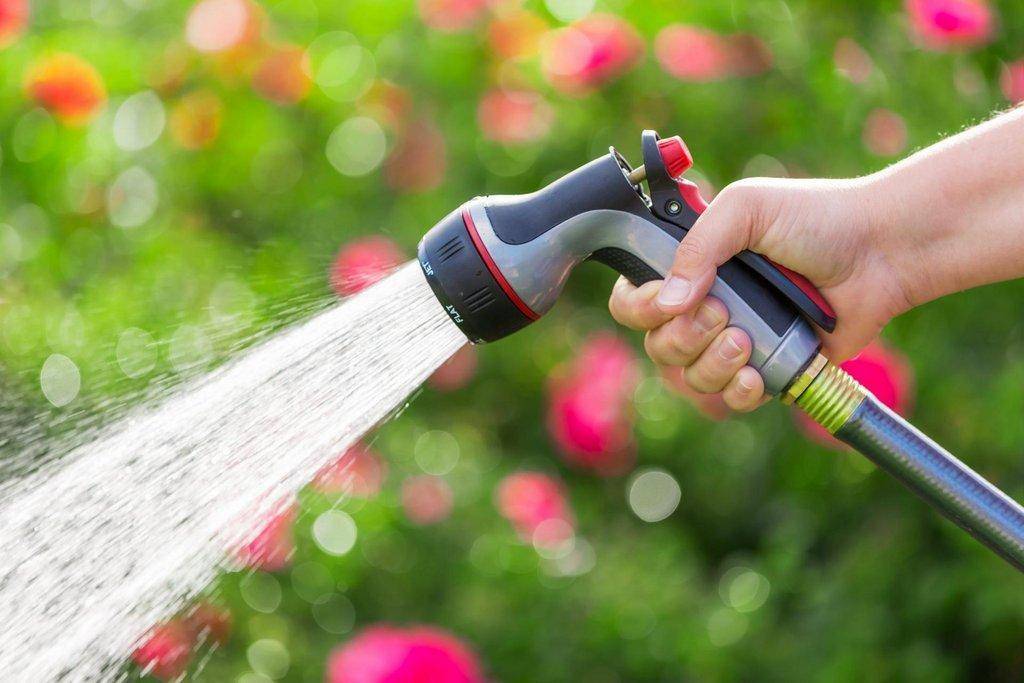By Kelly Kopp
Due to drought conditions throughout the state, Governor Spencer Cox recently issued an executive order declaring a state of emergency for Utah. To date, 100% of Utah is in the moderate drought category, and 90% of the state is experiencing extreme drought.
To help home and business owners conserve water in the landscape, experts suggest waiting until daytime temperatures are consistently in the 70s before irrigating. Once it’s time to irrigate, consider these tips to help prioritize which plants to water first.
Priority #1, Trees – Trees provide shade, help cool your home and produce oxygen. They are the most valuable plants in your landscape and should be at the top of your priority list for irrigation.
Priority #2, Shrubs – Shrubs in your landscape filter dust and pollution from the air and help dampen traffic noise. They should be your second priority for irrigation.
Priority #3, Perennials – Over time, perennial plant roots help improve the soil in your landscape. Irrigate them after trees and shrubs.
Priority #4, Annuals – Annuals provide pollen for bees and other pollinators as well as food for hummingbirds. They also add bright colors and interest to your landscape and should be your fourth priority for irrigation this year.
Priority #5, Turfgrass – Of all the plants in your landscape, grasses are the toughest. They will enter dormancy during times of drought and high temperatures and recover when conditions improve. Grasses should be your lowest priority for irrigation during drought conditions.
USU Extension provides multiple resources to assist home and business owners, agricultural producers and others with water conservation. A new website with drought-related information can be found at extension.usu.edu/drought. Also available is the Center for Water-Efficient Landscaping website at cwel.usu.edu, which contains specific information on water-wise and native plants, sustainable turfgrass research, urban water conservation, and water use and drought. To find out how often to irrigate in your area, visit conservewater.utah.gov and also follow the USUCWEL Facebook and Instagram pages, @waterwiselandscaping.

